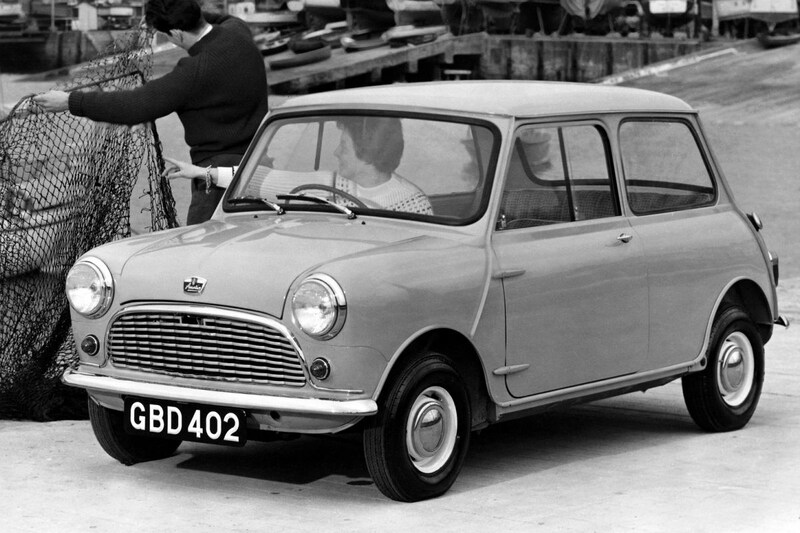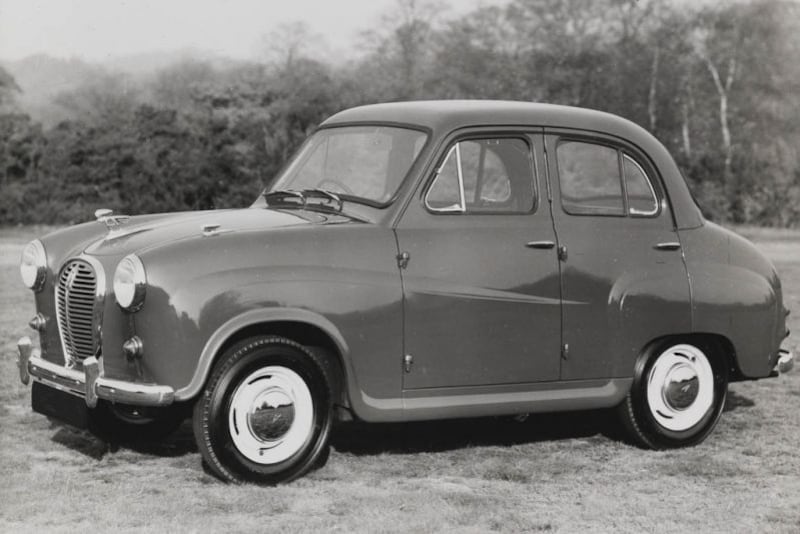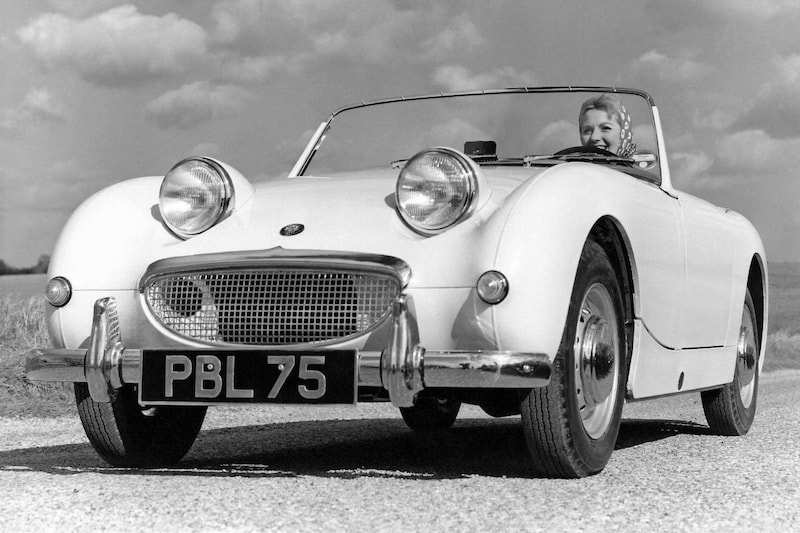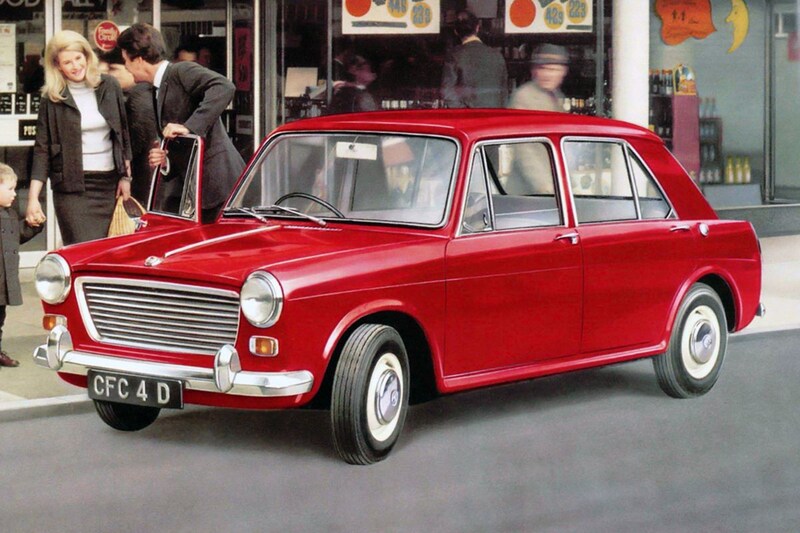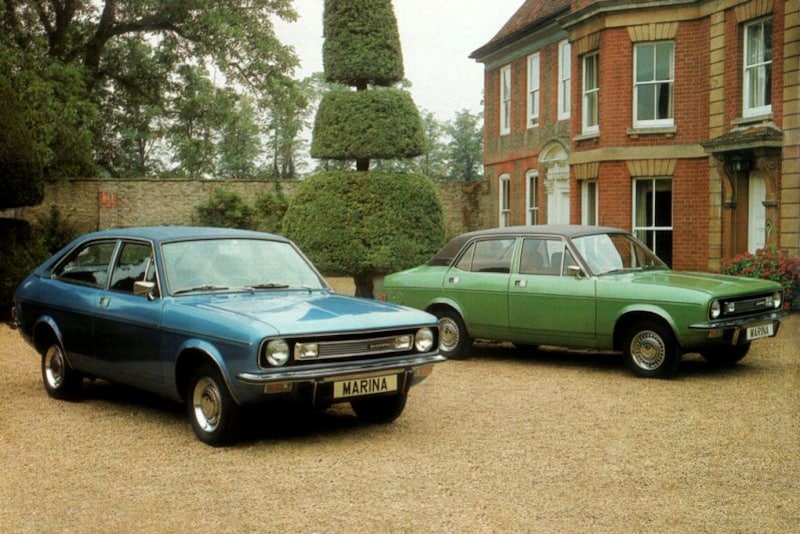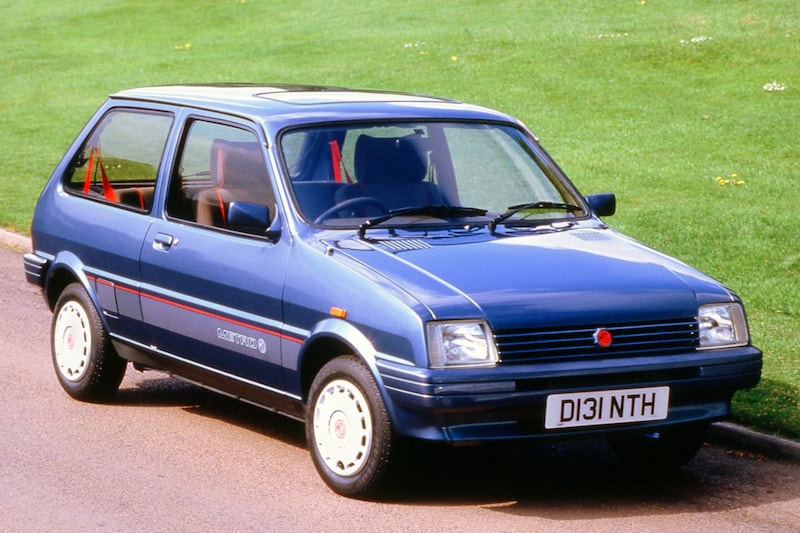After a failed merger with Morris, Austin developed a compact car with a completely new engine in the late 1940s in response to the successful Minor. That four-cylinder turns out to be a very widely applicable success number, of which the last copy will eventually only run off the line half a century later.
After an unsuccessful merger attempt with Morris, Austin started developing a compact model in 1949, not least in response to Morris’s Minor introduced in 1948. That new little Austin will be the A30. Austin has already developed a 1.2 liter four-cylinder for the slightly larger A40. That engine is in fact a hodgepodge of pre-war technology, but already equipped with valves in the cylinder head; in those days where side-valves are the standard, that is by no means a matter of course. People are more than satisfied with the construction of the A40 engine, but it is considered too big for the A30 and it is decided to simply develop a smaller version for the A30. The smaller version – now called A-series – has a displacement of 803 cc and delivers 28 hp to the rear wheels of the A30 on its debut at the Earls Court Motor Show in London in October 1951.

Austin A30
Soon the A-series engine will also be built in another car. In 1952, it comes to a merger between the rivals Austin and Morris and the brands continue as British Motor Corporation (BMC). Thus, the A-series engine finds its way to the Morris Minor, replacing the Morris side-valve engine dating from the 1930s. Four years later, a drilled version with a displacement of 948 cc appears. It is with this displacement that the engine in 1958 with 43 hp also becomes the beating heart in a compact, accessible sports car: the Austin-Healey Sprite. The engine appears to be a suitable basis for broad deployment. Of the 948 cc version, a 16 hp indirect injection diesel engine for the Nuffield 9/16 Mini Diesel Tractor appears in 1965 with a compression ratio of 22.5:1. This diesel is also available as a marine engine.

Austin Healey Sprite
right in the front
After years of longitudinal use, the A engine (now with a capacity of 848 cc) appears in 1959 transversely under the hood of the Austin Seven/Morris Mini-Minor and later also in all other Mini derivatives, with displacement volumes rising to 1,275 cc. To give the performance a boost, Cooper takes care of the engine and so the A-series is the basis of many victories in racing and rallying. And elaborating on the arrangement in the Mini, the engine from 1962 with a capacity of 1,098 cc and later 1,275 cc is the power source in the ADO16 family (known to us from the Austin Glider, among others), just like after 1973 in its successor at Austin. : the Allegro. For the Morris successor to the ADO16, the engine makes another longitudinal turn in the Marina (and later the Ital) in 1971.
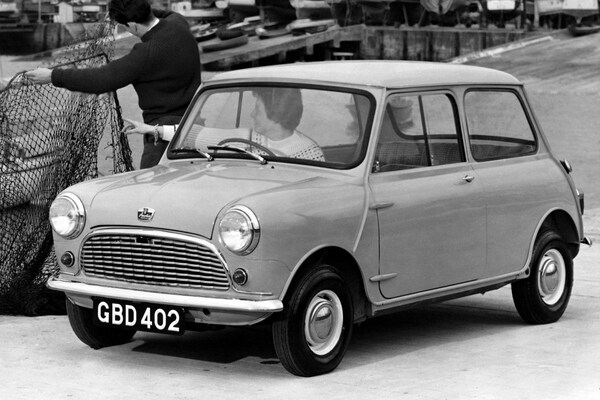
Turbo and injection
Over the years, several attempts have been made to replace the Mini. New engines to replace the A-series are also being developed for the 9X and ADO74 projects in the 1960s and 1970s. However, those engines do not make it to the production stage, as do the cars they are supposed to appear in. In the 1970s, work was also done on a version of the A-series with an overhead camshaft (the A-OHC). Because the A-OHC hardly outperforms the original with underlying
camshaft, the project is again discarded. The Metro presented in 1980 should initially also get a new engine, but due to budget problems, British Leyland does not get any further than an updated version of the A-series engine, which is known as the A-Plus. The A-Plus has, among other things, slightly more power and longer maintenance intervals and replaces the old A-series engine in the other models.
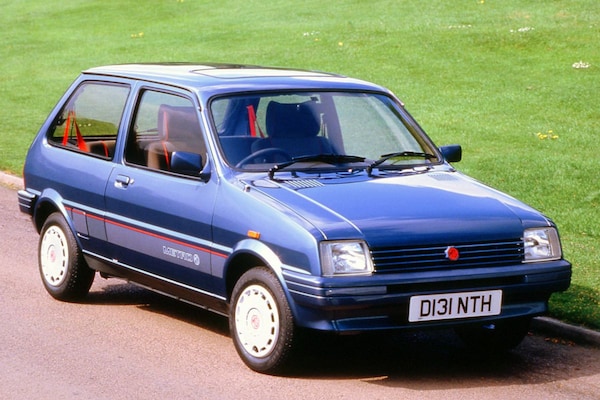
MG Metro
And when in 1982 the Maestro and in 1983 the Montego appear, the basic motorization is the A-Plus engine. In order to breathe new life into the MG that was buried in 1980, the 72 hp strong MG Metro appeared in 1982 and in 1983 even a turbo version with 94 hp. That engine is also in the Mini ERA Turbo from 1989. However, the glory days for the A-series seem to be over. After the facelift in 1990, the Metro is now known as the Rover 100 and the completely new K-series engine is now located in the front. In order to have the Mini meet the environmental requirements, the A-Plus gets a single point injection system in 1991 and even a multipoint system at the last minute in 1997. In 2000 BMW presents the new Mini equipped with an engine developed together with Chrysler. It means the end of the production of the original Mini and, after almost fifty years, finally of the A-motor.
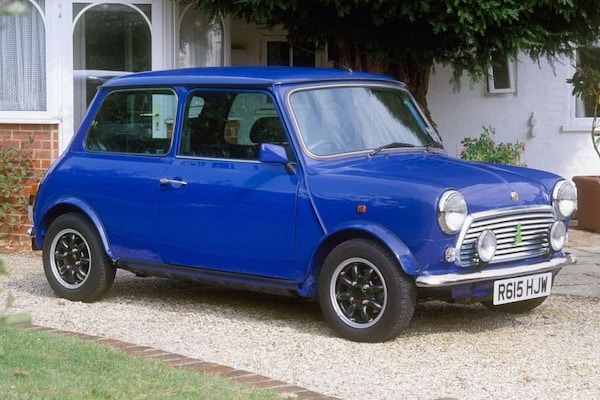
Mini Classic
This article originally appeared in AutoWeek Classics issue 10 of 2016.
– Thanks for information from Autoweek.nl
